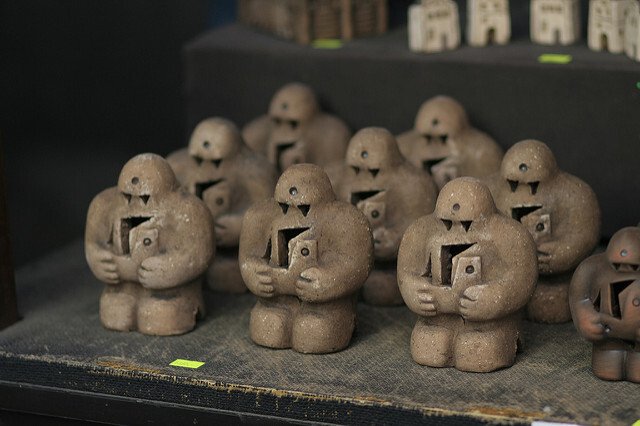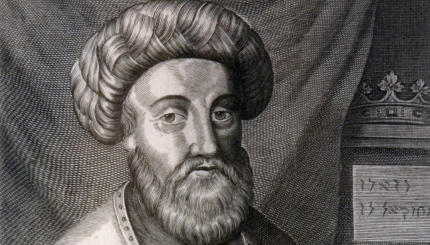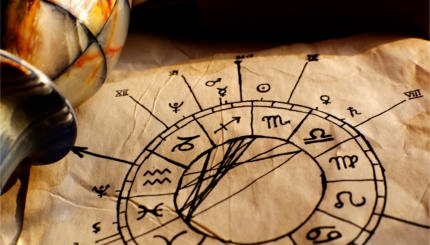A golem is a clay creature that has been magically brought to life. The name comes from the Hebrew word “golem,” which means something incomplete or unfinished, like an embryo.
The Talmud relates a tale of rabbis who grew hungry while on a journey–so they created a calf out of earth and ate it for dinner. The kabbalists (Jewish mystics) determined that the rabbis did this magical act by means of permuting language, primarily utilizing the formulas set forth in the Sefer Yetzirah, or Book of Creation. Just as God speaks and creates, in the Genesis story, so too can the mystic. (The word Abracadabra, incidentally, derives from avra k’davra, Aramaic for “I create as I speak.”) Thus, under the rarest of circumstances, a human being may imbue lifeless matter with that intangible, but essential spark of life: the soul.
The kabbalists saw the creation of a golem as a kind of alchemical task, the accomplishment of which proved the adept’s skill and knowledge of Kabbalah (Jewish mysticism). In popular legend, however, the golem became a kind of folk hero. Tales of mystical rabbis creating life from dust abounded, particularly in the Early Modern period, and inspired such tales as Frankenstein and “The Sorcerer’s Apprentice.” Sometimes the golem saves the Jewish community from persecution or death, enacting the kind of heroism or revenge unavailable to powerless Jews. Often, however, Jewish folktales about the golem tell what happens when things go awry — when the power of life-force goes astray, often with tragic results.
The classic narrative of the golem tells of how Rabbi Judah Loew of Prague (known as the Maharal; 1525-1609) creates a golem to defend the Jewish community from anti-Semitic attacks. But eventually, the golem grows fearsome and violent, and Rabbi Loew is forced to destroy it. (Legend tells that the golem remains in the attic of the Altneushul in Prague, ready to be reactivated if needed; this legend reappeared in Michael Chabon’s The Amazing Adventures of Kavalier & Clay). Likewise in Paul Wegener’s expressionist film The Golem (1920), the golem is a brutish creature whose powers are all-too-easily turned to destructive ends.
This is, of course, a perfect encapsulation of the same anxiety that underlies so much of the mystical speculation about demons, dybbuks, ghosts, and golems: The power of life is so strong, that it brings both promise and terror.
Kabbalah
Pronounced: kah-bah-LAH, sometimes kuh-BAHL-uh, Origin: Hebrew, Jewish mysticism.
Talmud
Pronounced: TALL-mud, Origin: Hebrew, the set of teachings and commentaries on the Torah that form the basis for Jewish law. Comprised of the Mishnah and the Gemara, it contains the opinions of thousands of rabbis from different periods in Jewish history.



